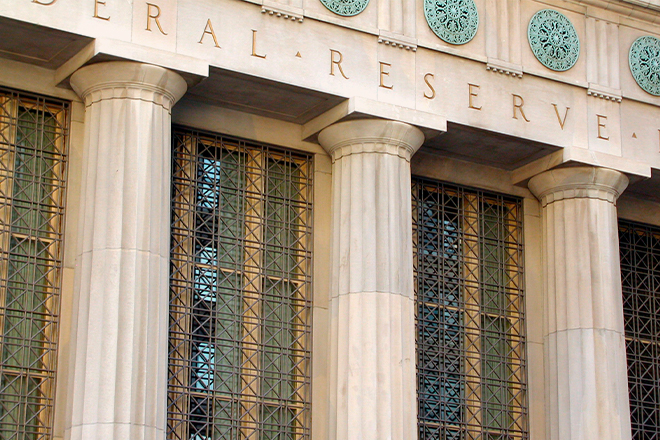
Paul O’Connor, Head of the UK-based Multi-Asset Team, responds to the latest update from the US Federal Reserve, as it begins to pull back on the massive stimulus measures that have sustained markets and the economy during the pandemic.
Key takeaways:
- The Fed has successfully started on the path to monetary normalisation. But with central banks facing some difficult decisions in the next few quarters, can they avoid a taper tantrum?
- The FOMC announced plans to begin cutting its $120 billion monthly purchases by $15 billion each month, split between US Treasuries and mortgage-backed securities.
- While this month’s meeting was focused on quantitative easing, future meetings are expected to return the focus on inflationary pressures, and the Fed’s interest rate strategy and tactics.
The US Federal Reserve (Fed) confirmed market expectations by announcing reductions in monthly purchases of Treasuries and mortgage-backed securities (MBS) of $10bn and $5bn respectively. With the taper beginning in November, the current round of quantitative easing (QE) looks set to conclude around the middle of 2022. While big surprises on the outlook for growth, inflation or the pandemic could alter this schedule, the hurdle to change is probably fairly high.
Chair Jay Powell was careful to separate the Fed’s actions in tapering QE from the decision about when to start raising interest rates, noting that tapering “does not imply any direct signal regarding our interest rate policy”. Neither the Federal Open Market Committee’s (FOMC) formal statement nor Chair Powell’s Q&A session yielded much new information about the future path of US interest rates. The lack of pushback against recently raised interest rate expectations encouraged investors to nudge yields a little higher, all along the US yield curve. The Chair stressed that this FOMC meeting was much more about QE than interest rates, but this will be the last meeting in which that reasoning will hold. From here on, future FOMC meetings are going to return the focus back to the Fed’s interest rate strategy and tactics.
The Fed can take comfort from the fact that the central bank has managed to start the taper without a market tantrum. However, today’s actions are only the first step down the long road towards monetary normalisation. The policy challenges from here will be formidable, given the uncertainty surrounding US labour market and inflation dynamics and the appropriate scale and speed of future interest rate moves, from today’s unusually low levels.
While volatility has surged in fixed income markets in recent weeks, as investors have struggled to recalibrate interest rate expectations, stock markets have generally shrugged off these concerns. Equity investors have taken comfort from the fact that real interest rates in the US and other major economies remain very low and that corporate earnings reports have generally remained constructive. The latter theme has been more convincing in Europe and the US than in Asia and emerging markets, which continue to be overshadowed by China-related growth concerns.
Equity investors would be unwise to extrapolate recent trends too far into the future. While seasonal patterns look supportive for risk assets into year end, the outlook beyond that is unusually opaque. With corporate earnings looking set to decelerate sharply in 2022, QE coming to an end and the global interest rate cycle turning upwards, some powerful tailwinds that propelled risk assets through the post-pandemic recovery are now dying down. With central banks facing some difficult decisions in the next few quarters, we would expect equity markets to become increasingly policy-sensitive and data-dependent. Attention now turns to Friday’s important US payrolls data.